By Brooke C. Stoddard
Adolf Hitler won victory after victory in the late 1930s: the remilitarization of the Rhineland in 1936, the incorporation of Austria into the Reich in 1938, the acquisition of the Sudetenland of Czechoslovakia in 1938 followed by the control over much of the remainder of Czechoslovakia six months later, and then the conquest of Poland in September 1939. These astonishing successes glorified him in the eyes of millions of Germans and humbled the generals of the German Army, a number of whom thought his recklessness would lead to a crushing German military defeat.
Soon after the victory in Poland, when some Army generals believed Hitler would be satisfied with territorial possessions and come to some accommodation with Poland’s latecomer allies France and Britain, the Führer summoned the cream of the high commanders. Not a few of them believed he would call for a demobilization. Instead, what they got was a shock: Hitler told them he was determined to launch an offensive against France and Britain, and the sooner the better.
Some of these Army generals—Commander in Chief of the Army Walther von Brauchitsch and Chief of the Army General Staff Franz Halder among them—as well as men of lesser rank in military intelligence, plus civilians and politicians, had long opposed or came to oppose the Nazi regime that controlled Germany. They had conspired to overthrow the Nazi leadership, most notably as the Sudetenland issue rose to a crisis. They believed their best chance at overthrowing the Nazi leaders was when the Nazis recklessly hurled Germany into a general European war.
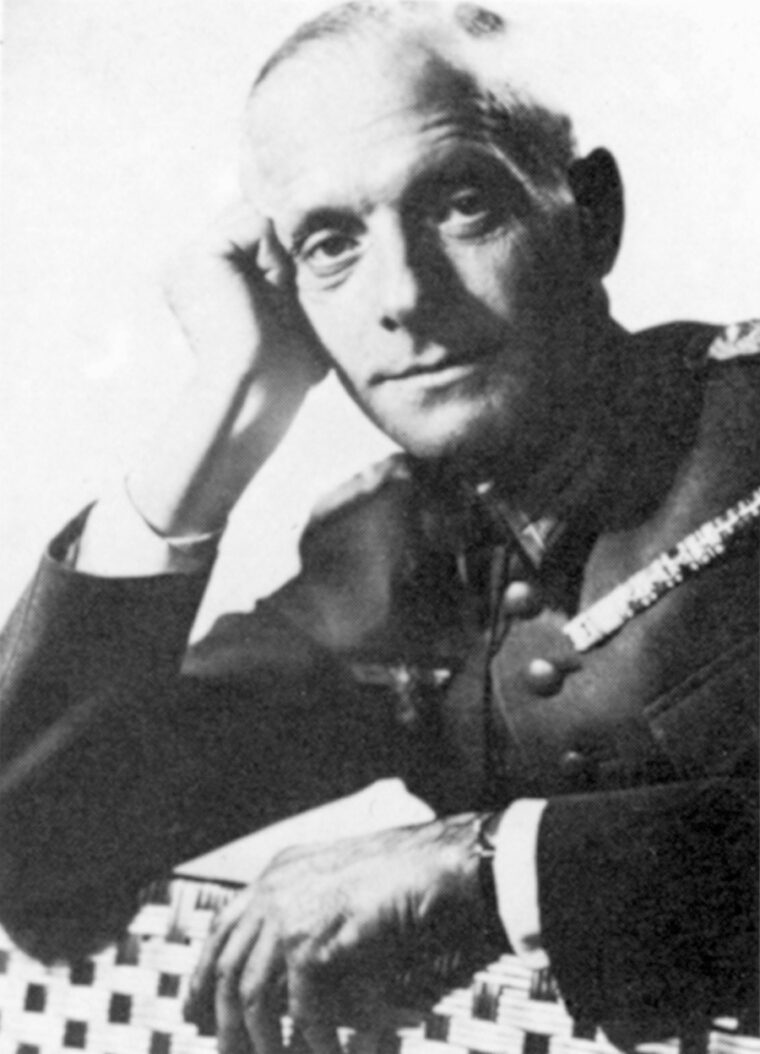
Hitler was willing to risk such a war by invading Czechoslovakia over the Sudetenland, and the conspirators were waiting for the right moment when Hitler seemed mad enough to do it. But it was precisely then that Neville Chamberlain engineered an appeasement granting the Sudetenland to Germany. The conspiracy collapsed. The buildup to the invasion of Poland offered another opportunity for revolt, but movement to a coup d’etat never got far, in part because the generals believed that a war against Poland would be brief and contained.
Now, suddenly there was another opportunity. Some of the highest ranking Army generals believed an attack on the West (that is, against France and Britain, although also likely involving Holland and Belgium) would only end in a crushing defeat of their country. When Colonel Hans Oster of the Abwehr (military intelligence for the armed services) sounded out generals whom he considered sympathetic to a revolt, he discovered lukewarm support at best. Unlike the opportunity during the Sudetenland crisis, key German troops were not in Berlin where they might be used in a coup, but rather in battle zones or potential battle zones. Moreover, Germany was now at war; a general’s—and every soldier’s—duty lay to his country, no matter how offensive the civilian leadership.
Oster, however, did not give up. He felt that if the invasion of the West—Case Yellow—met with disaster for Germany, then military men as well as the German people would welcome a coup that would throw the mad Nazis out of power. A new German government could negotiate with the country’s enemies and a catastrophic war would be avoided. In Oster’s view, the way to make an invasion fail was to give the invasion plans to the Western Allies.
Oster had long loathed the Nazi regime. He was a career Army officer, son of a Saxon parson, born in 1887. An artillerist, he won the Iron Cross First and Second Class and the Knight’s Cross with Swords during World War I. He joined the Imperial General Staff in 1917 and, like many of the officer class, was devastated by the German defeat of 1918, which he believed was undeserved. He considered the Weimar Republic decadent and weak, but, having survived as an officer in the much-reduced Army after the armistice, served it loyally. He is said to have at first welcomed the Nazi government because it reinstated some of the principles of the old imperial rule and made the Army and Germany again a source of pride. In his private time, Oster loved riding and playing the ‘cello (oddly, a good many of the Nazi resistors were musically gifted).
In 1933, Oster accepted a job with the Abwehr. In 1934, he turned against the Nazis when the SS murdered his good friend and former Abwehr chief Maj. Gen. Ferdinand von Bredow during the purges of the SS’s rival organization, the SA. In the years that followed, Oster helped to recruit to the coup d’etat cause General Ludwig Beck, Chief of the Army General Staff until he resigned in 1938, turning over his position to Halder. Beck became one of the leaders of the anti-Nazi conspirators, but, like Oster, after 1938 he commanded no troops, which was a severe handicap.
In his position as head of the central or administrative office of the Abwehr, Oster did not have direct access to the invasion plans against the West. These were mainly being worked out at OKW (Oberkommando der Wehrmacht—High Command of the Armed Forces), created by Hitler and with more clout under the Nazi regime than OKH (Oberkommando des Heeres—High Command of the Army), headed by Brauchitsch. Nevertheless, Oster pieced together what information he could from briefings and he had a good idea both of the direction (through Holland and Belgium) as well as the timing of the assault—as early as November.
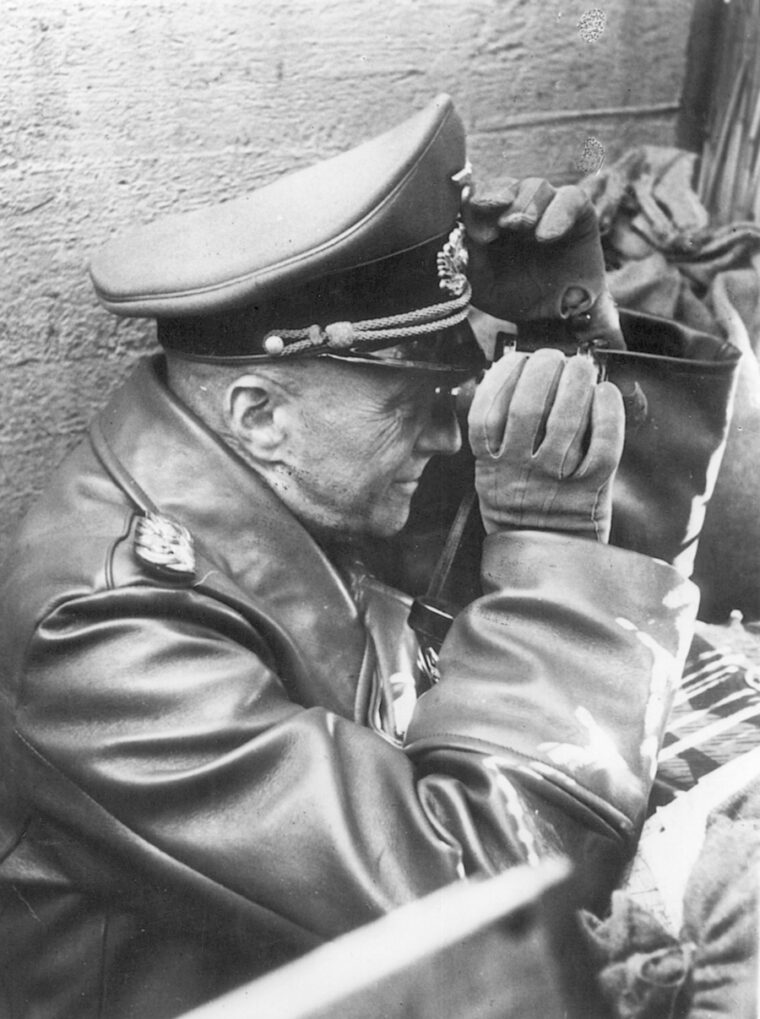
Oster passed the information he gleaned to the former head of the Operations Section of the Dutch General Staff and in 1940 the Dutch military attaché in Berlin, a Major Gijsbertus Jacobus Sas, whom he had known since 1932. Although some in the West doubted Hitler would attack westward, Sas readily believed what Oster was telling him. Indeed, both Oster and Sas agreed that Sas should urge his own government not only to believe the intelligence that he was delivering but also to pass it along to the Belgians, French, and British.
Oster did not count on the Sas line of communication alone. He also gave the same information to a 41-year-old lawyer named Josef Müller who was making contacts with the Vatican in Rome. Müller had been a soldier in World War I but was an ardent anti-Nazi. Oster recruited him after the invasion of Poland with the idea that Müller could communicate through the Pope that a credible resistance group existed in Germany intent on overthrowing the Nazi regime. Such communication was meant both to gain encouragement for the conspirators and to work out terms by which the war could be stopped once the Nazis were swept from power.
The head of the Abwehr and Oster’s immediate superior was Admiral Wilhelm Canaris, himself a submarine captain during World War I and a member of the officer corps who at first welcomed the Nazi regime. He later turned against it and became confirmed in his anti-Nazi beliefs after learning of atrocities in Poland. Canaris worked out a cover for Müller. He made him an Abwehr agent, assigning him to the Munich branch. Canaris told OKW leader Field Marshal Wilhelm Keitel—who was ever distrustful of the Italians though they were nominal German allies—that Müller was traveling to and from Rome to gain intelligence.
In Germany, after Hitler had informed the generals of his intention to attack the Western allies, Brauchitsch and Halder, convinced that broadening the war this way was suicide for Germany, got their old coup d’etat spirit back again and started making plans for a revolt to take place sometime after November 5, the earliest date for a possible invasion. Meanwhile, Brauchitsch would attempt to talk Hitler out of the venture. On November 5, Brauchitsch and Halder made their presentation to Hitler. They said the Army did not have the supplies for such an invasion, that weather would work against it, that the Western armies would be tougher than the Polish ones, and that discipline within the ranks was not what it should be.
Unfortunately, Brauchitsch was nervous and his presentation was poor. Hitler grew increasingly impatient with the old general’s cautions, and at the mention of ill discipline the Führer finally flew into a tantrum. He demanded that Brauchitsch cite evidence of poor discipline and when the Army Commander in Chief could not, Hitler’s rage increased. He shouted to the generals that he knew all about “the spirit of Zossen [the location of the General Staff]” and would stamp it out. He was intent on launching the invasion of Belgium, Holland, and France on November 12.
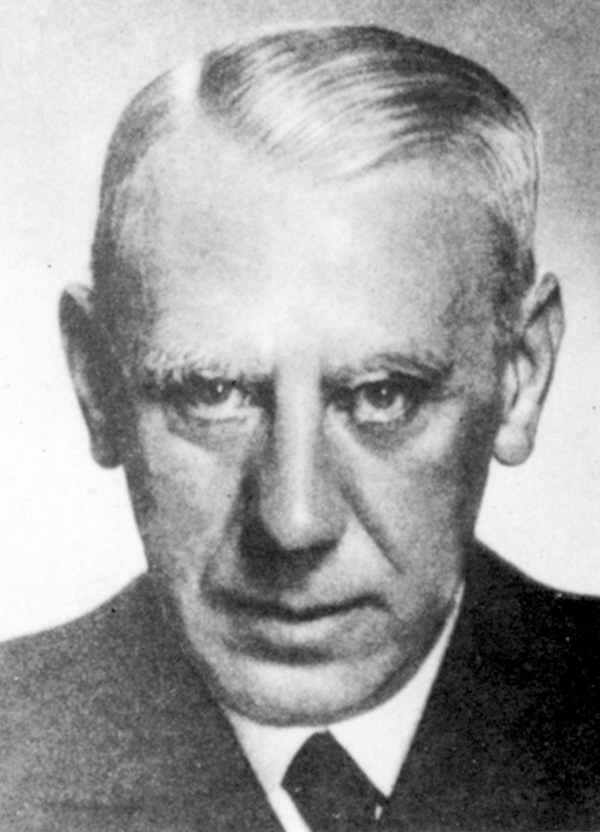
Brauchitsch and Halder retired, shaken to the core. They interpreted Hitler’s words to mean he knew there was an active conspiracy at work in Zossen to overthrow him, when more likely he meant he knew the generals at Zossen were not enthusiastic about his foreign adventures. Brauchitsch and Halder hurried back to their headquarters and ordered that all plans for a coup be burned, and otherwise tried to cover all of their tracks. Thus Brauchitsch and Halder were for the time being finished as leaders of a coup.
With chances for a coup squashed, Hans Oster felt it all the more important to stealthily place the invasion plans and timing into the hands of the Western powers. Oster told Sas that the date of the invasion was set for November 12. Indeed, Brauchitsch and Halder, traumatized and cowed, issued the necessary orders. But on November 7, Hitler postponed the invasion; he said that he did not like the weather reports or the railway transportation preparedness, and perhaps he took some of Brauchitsch’s cautions to heart. The attack would be put off for a couple of days. Postponement after postponement followed; invasion dates of November 19, 22, and into December were cancelled, with Hitler mainly citing concerns over the weather. As a consequence of these “here it comes, oh, not yet” cries, Sas’s reports to his government assumed a kind of “crying wolf” character. Whatever the Dutch—and after them, the Belgians, French, and British—thought of the invasion notices, they lost credence each time Sas reported a postponement. Ultimately, Hitler postponed the invasion until spring. (Here ironies pile up. The invasion plans, owing to an airplane crash, fell into the hands of the Belgians, who did not believe them. Hitler, knowing Belgians were scrutinizing the plans, decided to send the bulk of the armor not through Holland and Belgium, but rather through Sedan and then behind the British and French Armies, a change that greatly increased the invasion’s success. Halder had much to do with the improvement of this Sedan sweep.)
In January and February, Müller’s efforts bore fruit. The British ambassador to the Vatican, Sir Francis d’Arcy Osborne, was summoned to the Pope who told him of the German resistance. He asked Osborne how Britain would respond to an anti-Nazi German government, one that likely would attempt to retain all the German territorial gains to that point. Britain’s response on February 17 was noncommittal; the British said they needed to consult with their ally France, but did not believe the Pope’s intelligence was concrete enough to merit intensive concern. Müller, however, gave a rosy interpretation of this response to Oster in Berlin. Subsequently, Müller’s interpretation was turned into what was called the “X Report,” which gave heart to any conspirator who read it. In early April the X Report was shown to Halder, who welcomed it and showed it to Brauchitsch, who was furious and called its workings “treason.” Thus, once again a coup was forestalled. Oster’s only hope was that a warning to the West would crush such an invasion and Hitler would be discredited.
Over the winter, Hitler became increasingly interested in occupying Denmark and at least parts of Norway. The German Navy had always wanted the Norwegian coast, because from there they would be far more free from British naval interference. In addition, the Germans would have more control over winter shipments of iron ore—needed for their steel industry—from northern Sweden; Denmark was the door to Norway. On April 3, Oster told Müller and Sas of the plans to invade Denmark and Norway, giving the dates as April 8, 9, or 10.
Oster believed he had succeeded perfectly. An invasion of Norway was exceptionally risky. German soldiers would need ship transport up the coast and thus would be in mortal peril from attack by the powerful Royal Navy. Moreover, the Norwegians could ready their powerful harbor forts to resist any entry by German ships. The disaster would expose Hitler for what he was, a criminal adventurer leading Germany to infamy. His removal would come swiftly thereafter, or so Oster thought.
Sas passed on word to the Danes, but the Danish authorities did not credit these accounts. Nor were the Norwegians any more inclined to believe they were about to be invaded. Had the Norwegians given serious consideration to the threat they faced, they might have mined the narrow channel leading to Oslo, manned their forts, and mobilized their army. But none of this happened, at least not in time. Moreover, details of the invasion date never reached the British, who did not know when and where to hurl their fleet against German troop ships. On April 9, the Germans attacked Denmark and launched their fight for Norway. Denmark succumbed quickly and southern Norway was soon under Nazi control. Two more conquests were added to the German list of successes; in the eyes of the world, the Western powers looked weak and the German armed forces seemed practically unstoppable. Even the German generals who had contemplated a coup now believed that an offensive in the West would be successful and got on with their “soldier’s duty.” Oster was left almost alone in his belief that it was not too late to create a condition that would lead to the fall of the Nazis.
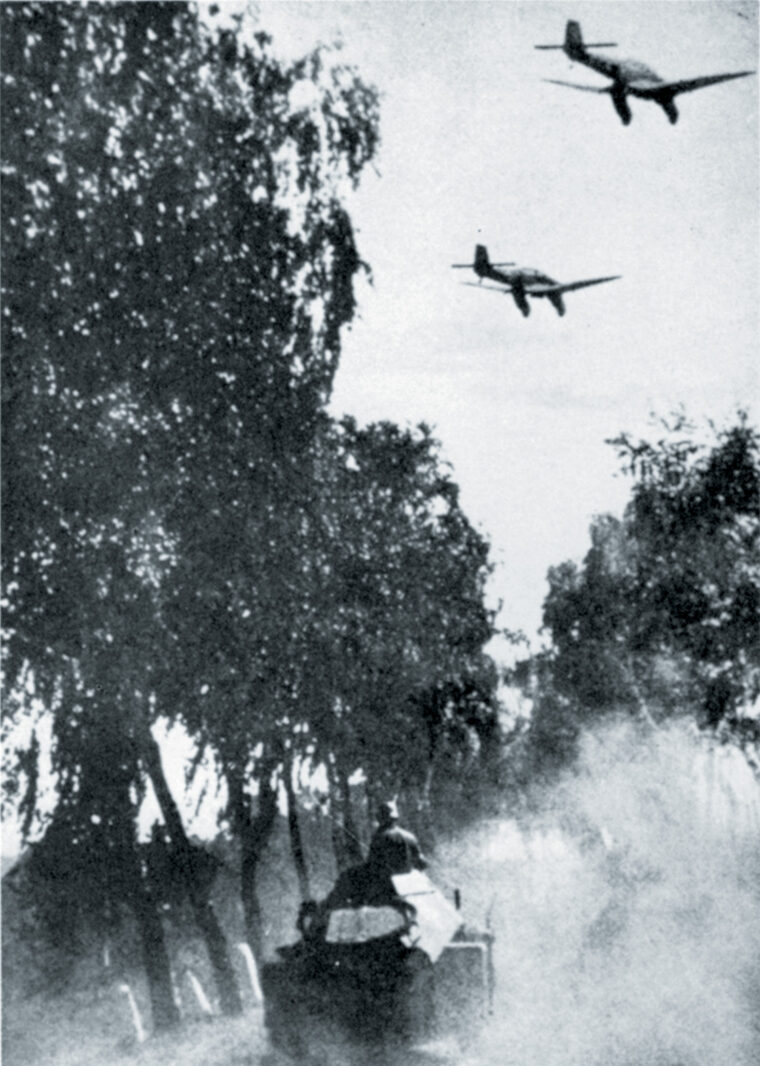
Oster, of course, well understood that his treachery could send thousands of his countrymen and fellow soldiers to their deaths. But if he wrestled with his conscience, he was not deterred in action. Canaris’ biographer Heinz Höhne reports Oster as having said, “I could be called a traitor, but I’m not really. I consider myself a better German than all the people who trot along behind Hitler. It’s my aim and my duty to rid Germany and the world of this plague.”
The invasion of Denmark and Norway did, however, raise Sas’s credibility in Brussels and The Hague. On May 3, Oster told Sas that the Germans were poised to invade France via Belgium and Holland and that the date of the attack was set for early May. (In fact, it was set for the 5th, but then was postponed three times until the 10th.) Sas quickly told his government, which received a confirmation from its representatives at the Vatican, and the Dutch told the Belgians. But the Belgian ambassador to the Vatican was skeptical. He believed that either Müller was a traitor, in which case he was untrustworthy, or that he was really an agent for the Nazi regime and was attempting to deflect the West’s attention from another German attack.
Oster, however, believed success was at hand. What worked against him was not only the natural skepticism of a government receiving information from only one or two sources, information that could be red herrings, but also the understandable reluctance on the part of neutral countries to mobilize in the face of a near-by belligerent nation like Nazi Germany. What better excuse could the dictator of Germany have for invading neutrals like Holland and Belgium than saying to his people, “We detected them mobilizing! What reason do they have for doing this except to invade the Reich!”
On May 9, Oster and Sas dined together. After dinner Oster went to OKW headquarters to discover if a cancellation order had been issued. It had not, and Oster passed this information on to Sas. “This is really it. The swine [Hitler] has gone to the Western front,” he told his friend. “Sas, do me a favor and blow the Meuse bridges!”
The Dutch and the Belgians did what they could at this late hour and passed along information to the British and French. But both Britain and France were caught ill prepared. The British government, in fact, was in a crisis over the downfall of Prime Minister Neville Chamberlain, mainly over the setbacks in Norway; Winston Churchill became prime minister late on the 10th.
Oster had risked his life (indeed his work during the spring of 1940 was eventually uncovered and led to his execution in 1945) to no avail. The subsequent events are well known. The German attacks on Holland and Belgium were successful, but no more so than the sweep across the Meuse River through Sedan and then across northern France that trapped half a million French and British soldiers. The invasion knocked France out of the war in six weeks. What Oster had hoped for—defeat and disgrace for the Nazi regime—went the opposite way: supreme Nazi and German triumph. The grip of the Nazi regime on the German people became more powerful than ever and five years of war, more horrible than likely even Oster imagined, was in store.
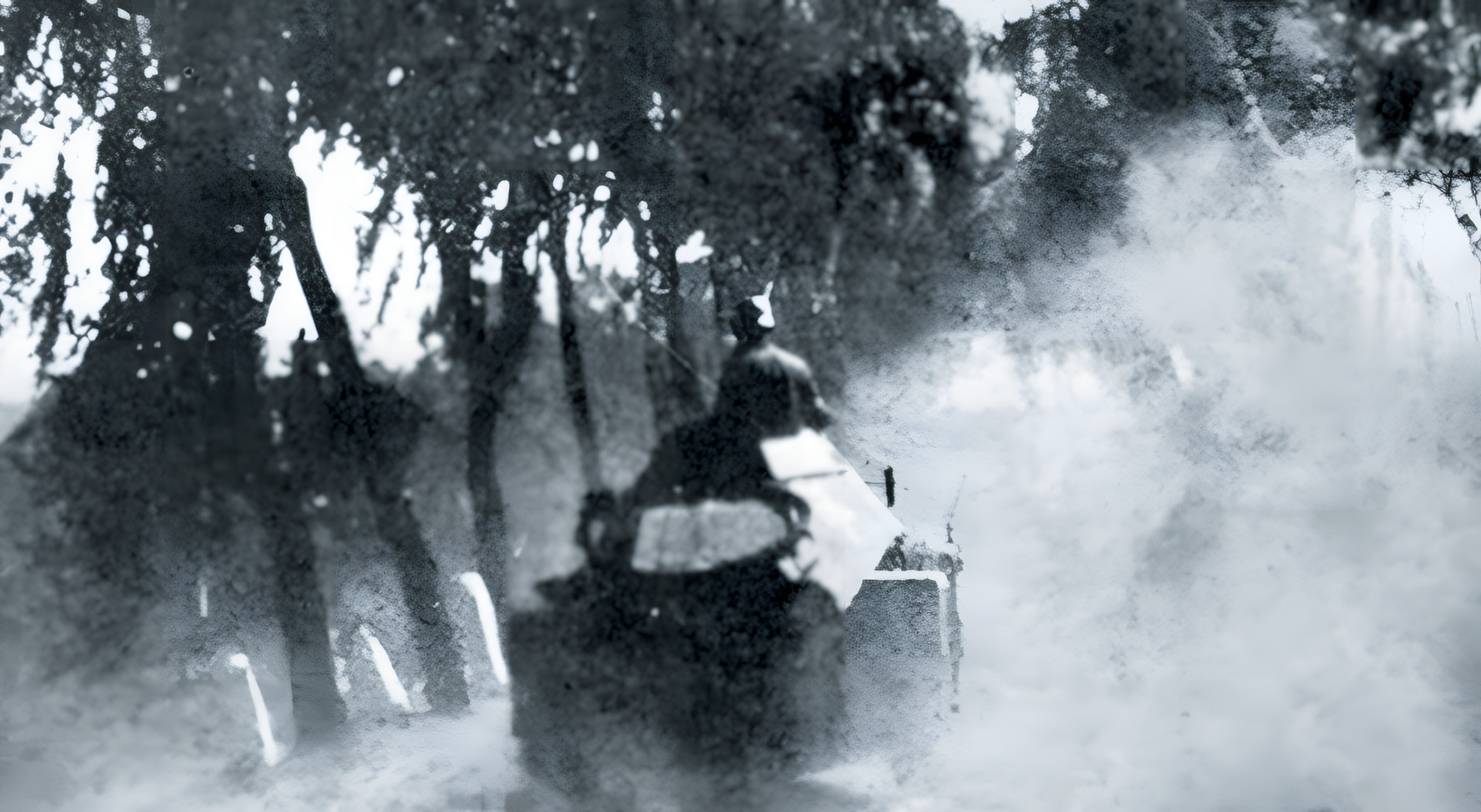
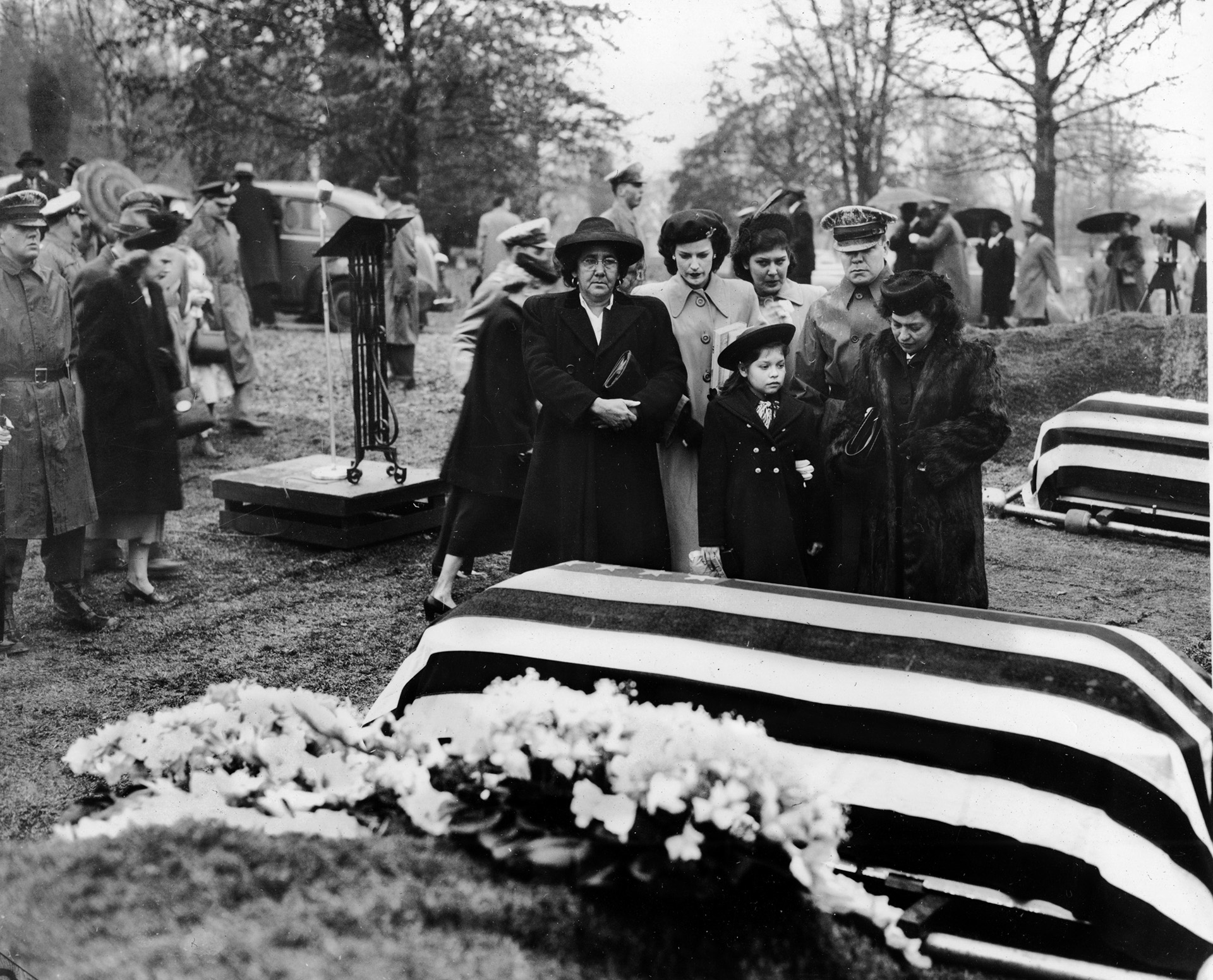
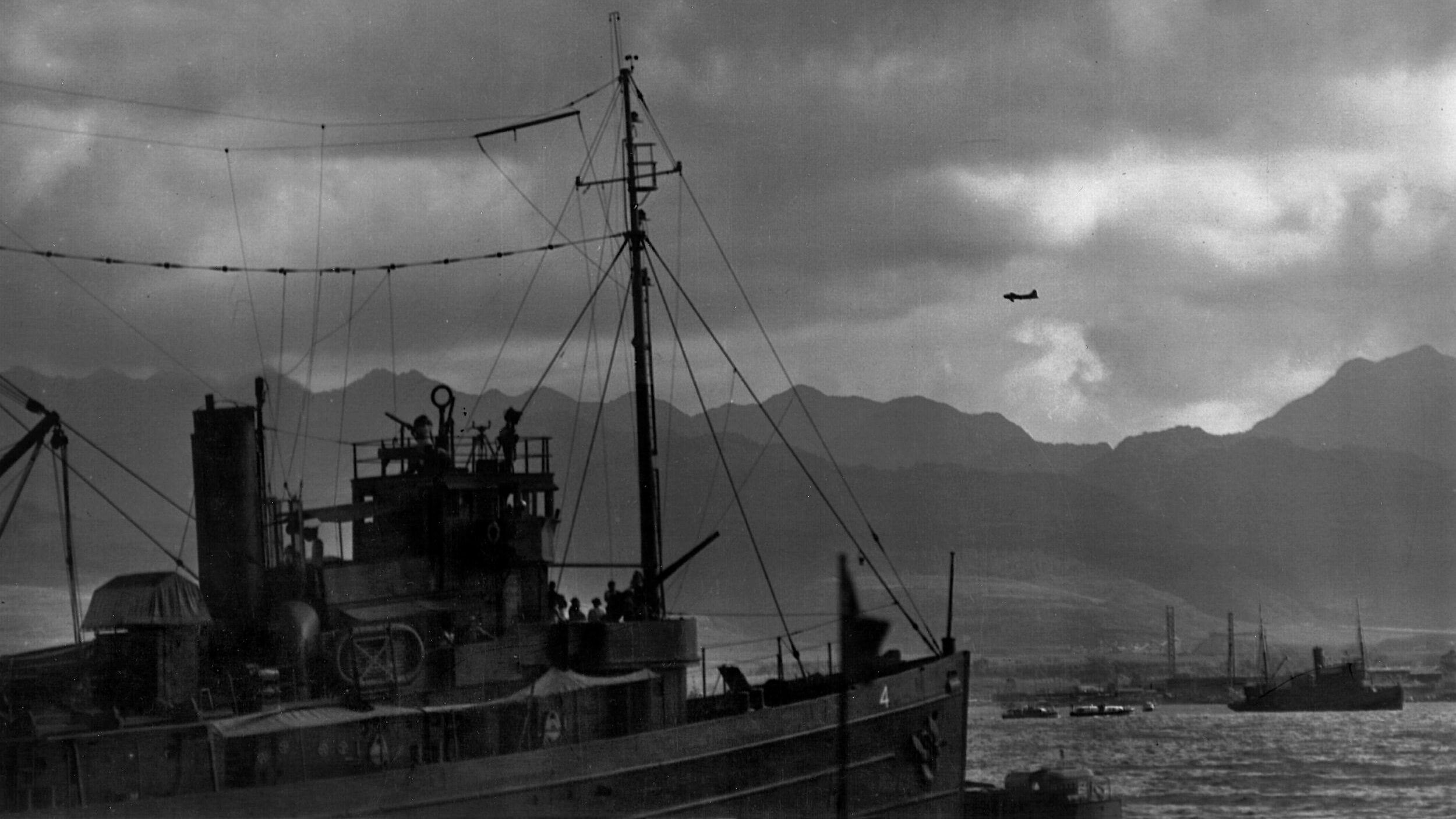

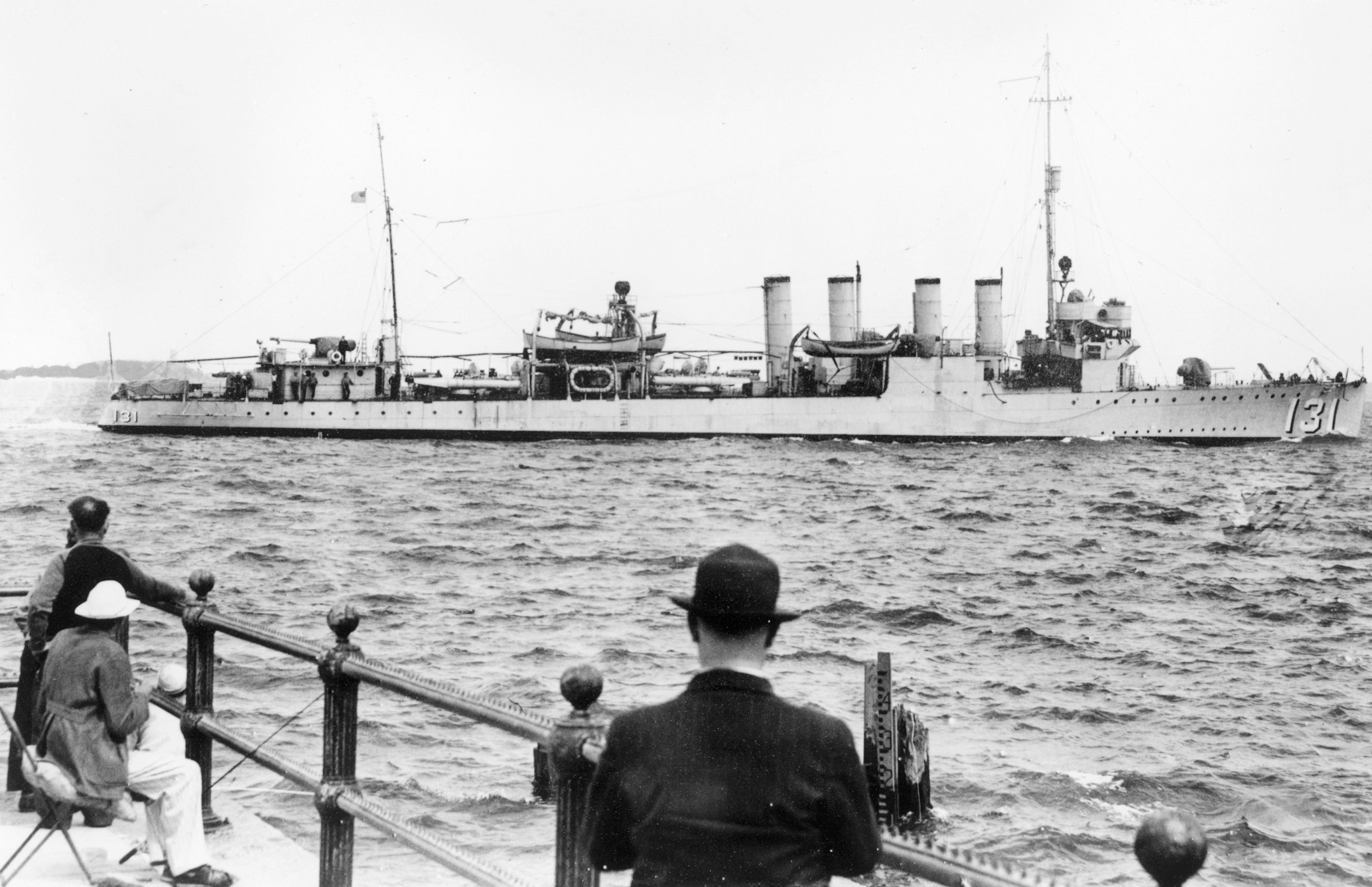
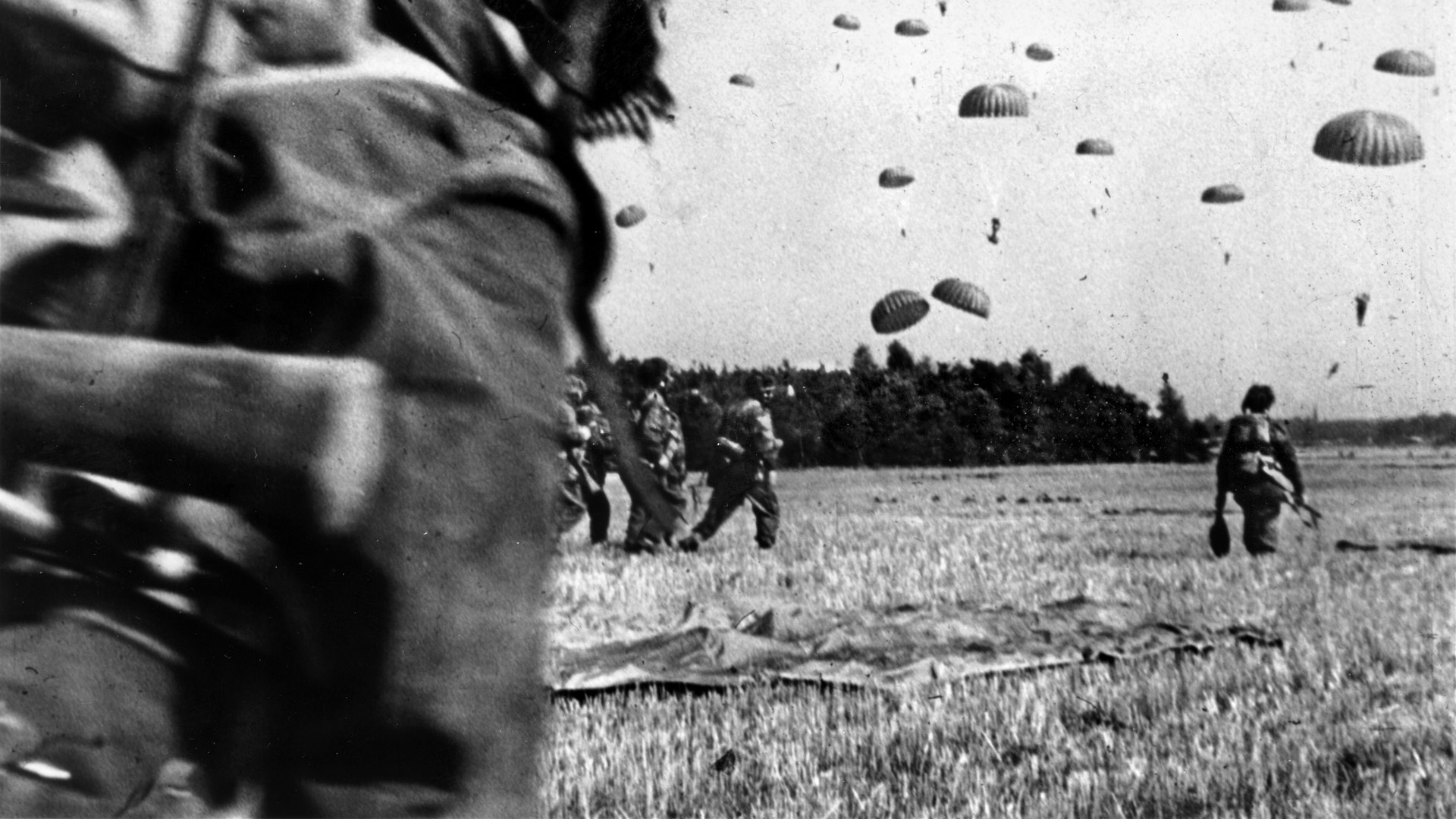
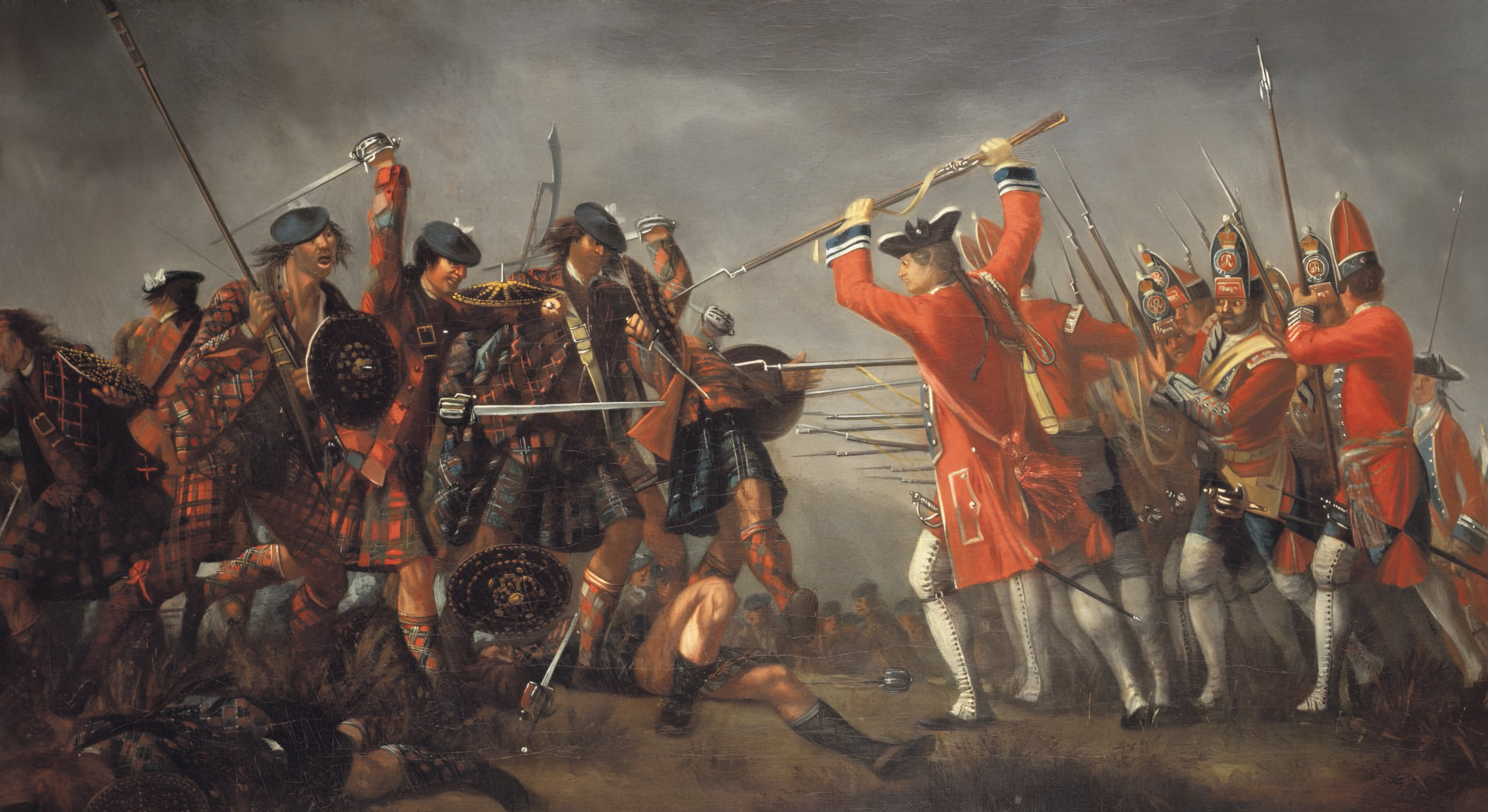

Join The Conversation
Comments
View All Comments